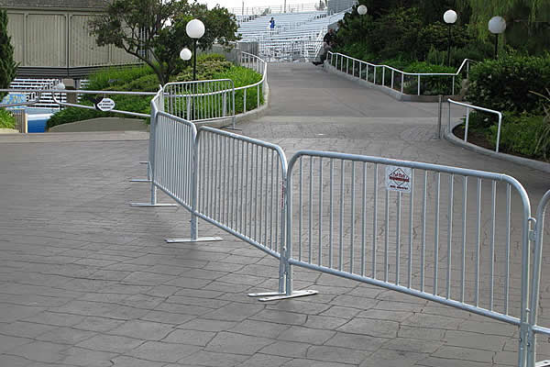 TEL:
+86-13102802206
TEL:
+86-13102802206
 Email:
fencenetting@china.com
Email:
fencenetting@china.com
 Language
Language
 TEL:
+86-13102802206
TEL:
+86-13102802206
 Email:
fencenetting@china.com
Email:
fencenetting@china.com
 Language
Language


The Importance of Construction Site Fence Panels
In the bustling world of construction, safety and security are paramount concerns. Construction site fence panels play a crucial role in addressing these issues. By serving as both a physical barrier and a visible deterrent, these panels help ensure that construction sites remain secure and organized. In this article, we will explore the various roles and benefits of fence panels in construction environments.
Safety and Security
First and foremost, construction site fence panels are essential for maintaining the safety of workers and the general public. A construction site can be a hazardous place with heavy machinery, tools, and materials scattered about. By erecting sturdy fence panels around the perimeter, construction companies can effectively prevent unauthorized access, reducing the risk of accidents and injuries. This not only protects the public but also shields workers from potential hazards outside the work zone.
In addition to safeguarding the site itself, fence panels deter theft and vandalism. Construction sites often house expensive equipment, tools, and materials, making them prime targets for thieves. A high-quality, tall fence can act as a significant deterrent, as the presence of a barrier can discourage would-be intruders. Moreover, effective fencing can help companies avoid costly losses, which can impact project timelines and budgets.
Defining Boundaries
Beyond safety and security, construction site fence panels provide a clear delineation of the workspace. In urban environments, where construction sites may be located in close proximity to residential or commercial properties, defining boundaries is vital. Fence panels visually communicate to the public which areas are off-limits, helping to maintain order and minimize disruptions caused by construction activities. They also ensure that neighbors and passersby are aware of the ongoing work, fostering understanding and patience during the project.
Promoting Professionalism

Construction site fence panels can also enhance the professional image of a project. A well-organized and well-maintained site is a reflection of the company’s values and commitment to quality. By utilizing clean and visually appealing fence panels, construction companies can improve the perception of their work. Many companies even use the panels to display branding or advertisements, turning a simple fence into a marketing tool. This not only helps promote the company but also engages the community, making them feel included in the progress of new developments.
Environmental Considerations
Sustainability is becoming increasingly important in the construction industry, and modern fence panels are designed considering environmental impact. Many manufacturers are now producing panels from recycled materials or offering options that minimize negative ecological effects. Using such sustainable materials not only contributes to environmental stewardship but also reflects positively on a company's brand, demonstrating a commitment to responsible construction practices.
Mobility and Flexibility
Construction site fence panels are also valued for their mobility and flexibility. Many are designed to be easily assembled and disassembled, allowing construction companies to adapt to changing needs throughout the project. Whether a site expands, contracts, or shifts location entirely, these panels can be repositioned as necessary. This adaptability ensures that safety and security remain uncompromised at every stage of construction.
Conclusion
In conclusion, construction site fence panels are more than just barriers; they are vital components that contribute to the overall safety, security, and professionalism of a construction project. They serve to protect workers and the public, deter theft and vandalism, define boundaries, enhance company image, and provide flexibility throughout the construction process. As the industry continues to evolve, investing in quality fence panels will remain an essential aspect of effective construction management, making them indispensable in today’s construction landscape.